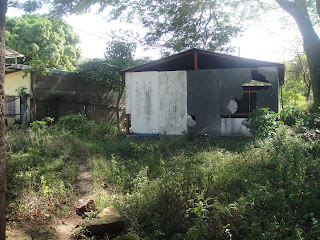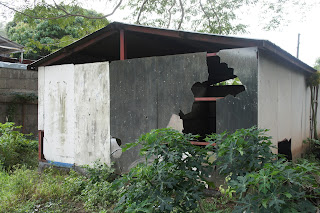As I finish my service, it has become very
apparent to me that I am terrible at blogging, as evidenced by the lapse
between my last blog post and this one.
This is partially attributed to the fact that I have to make a solid
effort to access the internet, and when I finally do so (once or twice a week),
time is usually spent checking email or Skyping with my family. . . and more
recently searching for jobs. I also just
forget to do it. To be honest, the
blogging was not so much for me but for those of you at home, so I apologize
for my flakiness. In these next three blogs I will attempt to wrap up all of the information I have not been
proactive enough to post in the last six months.
Traveling:
I was blessed to be able to travel so much
during my service. I went home twice, first
to meet my baby niece Mackenzie and visit friends and family, and once more to
perform the duties of Maid of Honor at my best friend’s wedding. A special thanks to my dad for getting me
there and back twice!
I was visited (and pitied) by my mom and
family friend Wendy, Frank and Kris Matarrese, my college roommates Mel, Jenn,
and Sean, my dad, and my mom once again.
Without them, I would not have been able to visit some of the most
spectacular places in Nicaragua. Plus
they brought me goodies! Thanks so much
to all for generously stepping into my strange world and treating me to the
comforts of running water, food variety, and stress-free travel. You are true friends! Because of you and my site-mate Kelli I have
been quite the accomplished tourist here in Nicaragua.
Favorite Nicaraguan highlights:
Little Corn Island
El Castillo
Volcano-boarding
Somoto Canyon
Island of Ometepe


























































